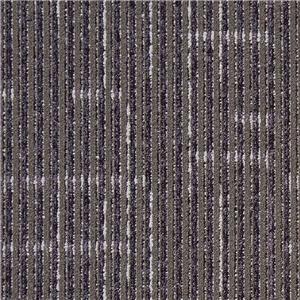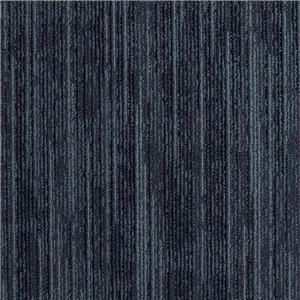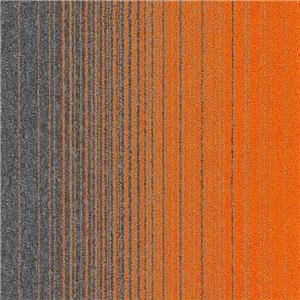- Home
- >
- News
- >
- Industry News
- >
- Square Carpet Product Process And Classification
Square Carpet Product Process And Classification
Square carpets are divided into two main types in terms of material: polypropylene and nylon. Secondly, there are differences in craftsmanship: polypropylene plain color, polypropylene jacquard, nylon 6, nylon 66, etc. Another way is to distinguish from the bottom and back of the carpet, there are asphalt bottoms, PVC bottoms, and PU soft bottoms.
The PU soft bottom square carpet is made of high-quality nylon yarn and undergoes a series of complex processes such as heat setting. A layer of high elastic polyurethane material is applied to the bottom and back of the carpet to make a 50cm x 50cm or 1mX1m square carpet. It has the characteristics of good elasticity, good foot feel, good sound insulation and heat insulation, and is very environmentally friendly. Over time, it will not release harmful gases and can be recycled. It is a very environmentally friendly and energy-saving carpet;
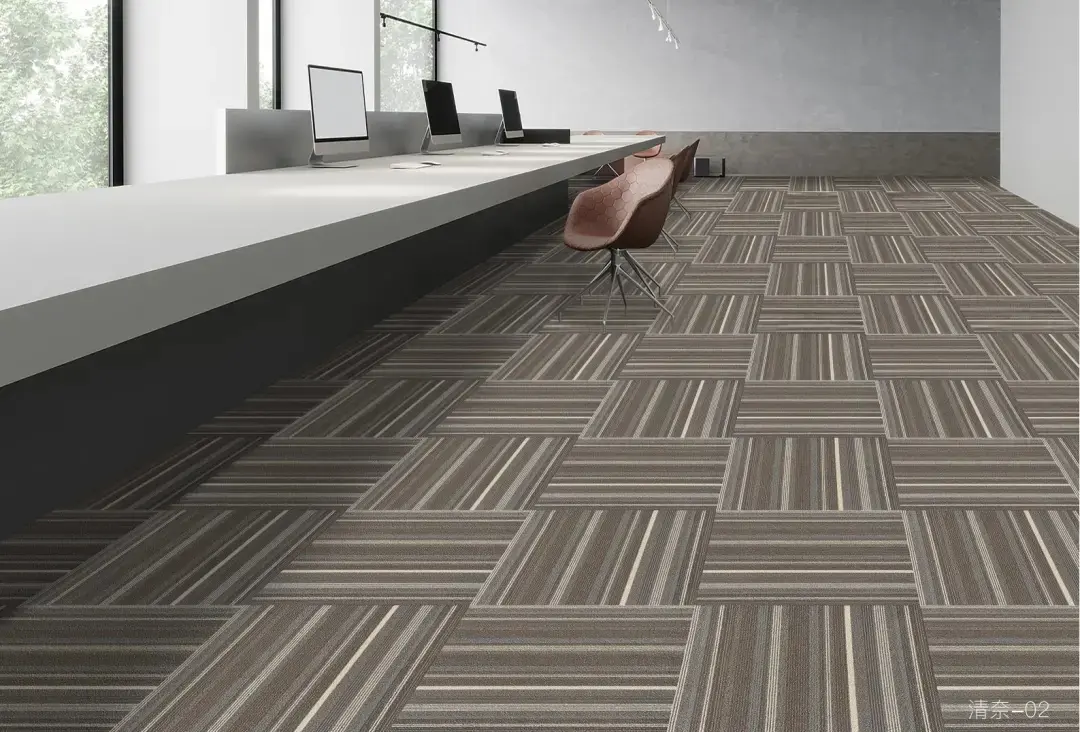
PVC bottom refers to the mixture of PVC coated on the back of the carpet. It has bright color, anti-aging, corrosion resistance, softness and elasticity, and good slip resistance. However, once burned, it will produce toxic smoke. At present, it is still the most widely used square carpet in China.
Asphalt is a recyclable material and an environmentally friendly product, with a high usage rate in Europe. However, in China, asphalt raw materials are mostly secondary raw materials or products with poor quality in petrochemical industry. They contain a large amount of impurities and are prone to producing odors. In winter, asphalt becomes brittle and prone to cracking. In summer, it softens and easily adheres to the ground, making it difficult to clean during replacement. They are often used in low-end square carpet products.

During the 13th Five Year Plan period, China's new urbanization will still be in an accelerated stage, but more emphasis will be placed on improving quality. According to the national new urbanization plan, urban agglomeration construction can be promoted at three levels: first, 11 urban agglomerations that have been basically completed, second, 14 urban agglomerations under construction, and third, 7 potential urban agglomerations. It is expected that by 2030, 32 urban agglomerations will be fully developed.
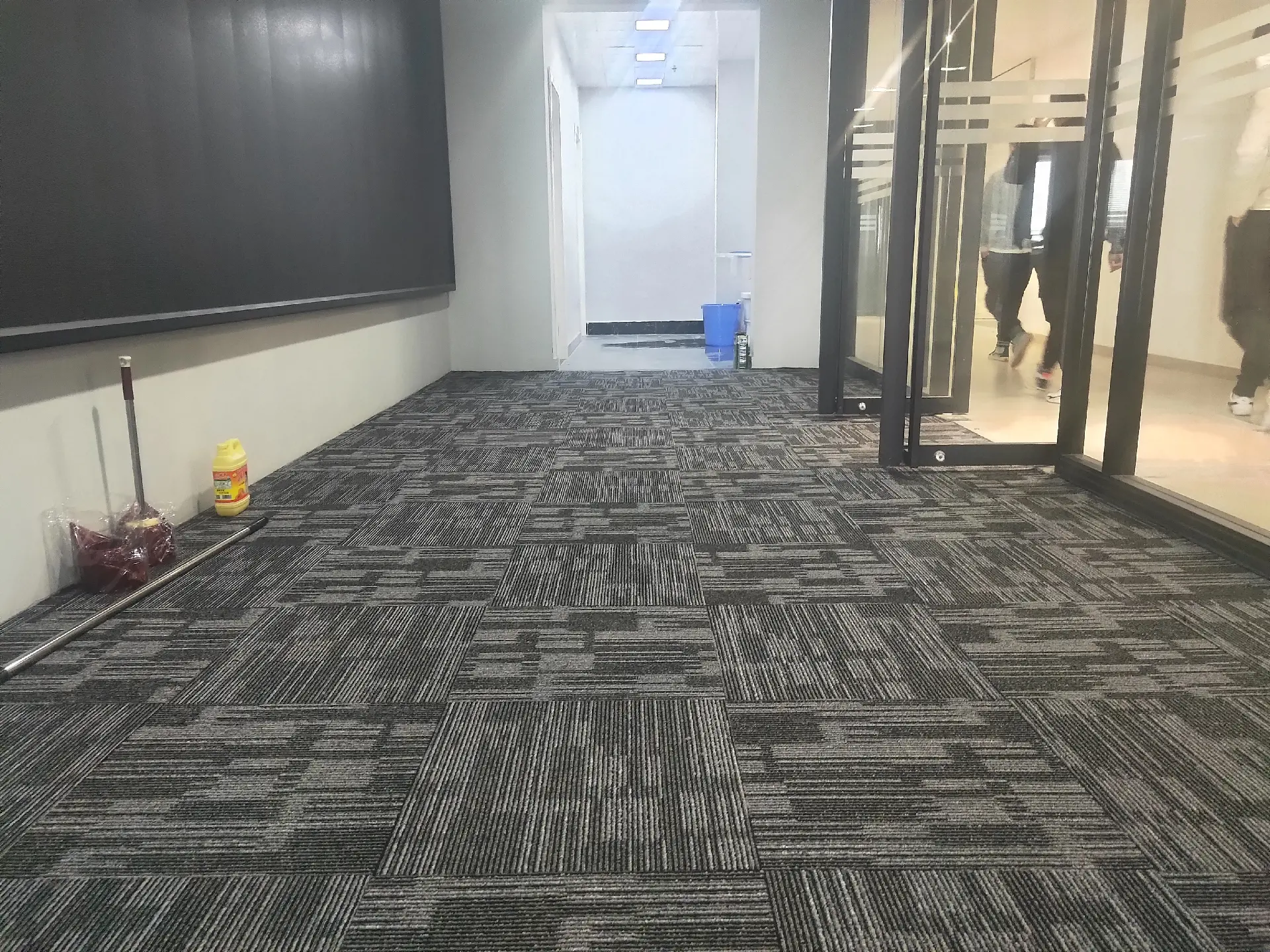
The development cycle in the Asia Pacific region will reach its peak in 2021, providing a new supply of 13 million square meters of office space.
The new supply area of office buildings will reach 10.87 million square meters in 2022.
The available rental office space in emerging markets is expected to increase by nearly 30% in 2023, with a 15% increase in single core markets.



